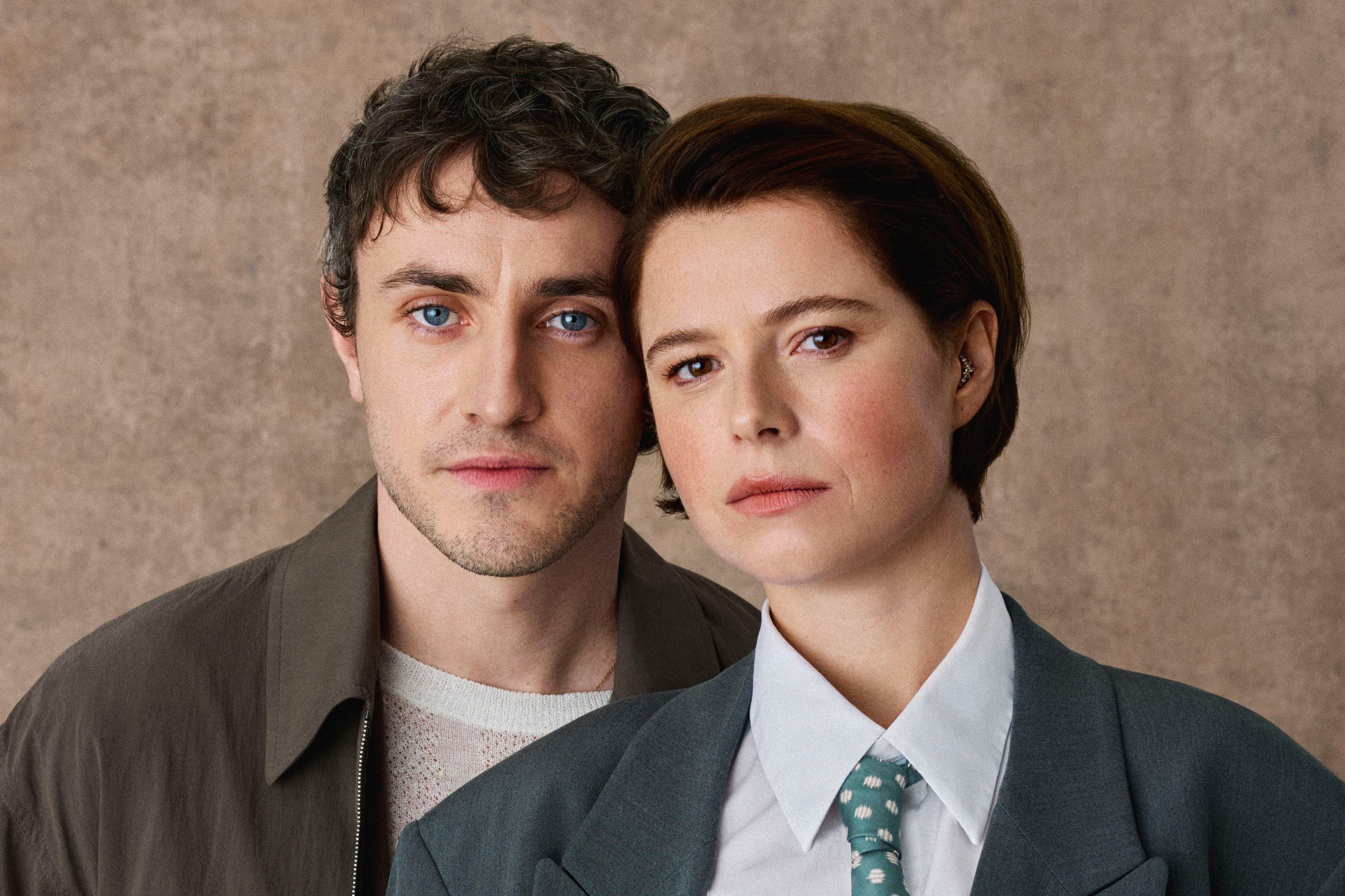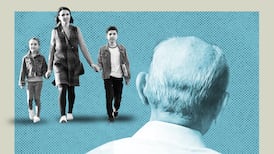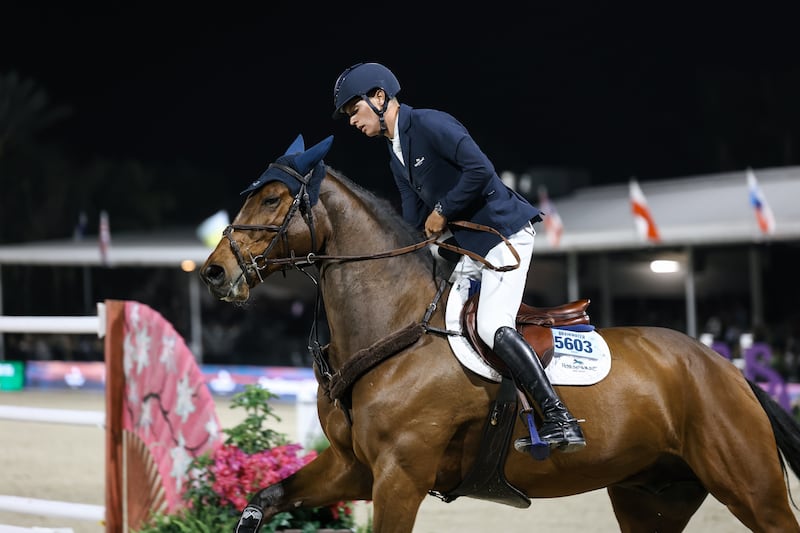Consumer concerns have been raised about the protection offered by sunscreens after some well known brands were found in independent studies to contain less SPF (sun protection factor) than they indicated on the label. The consumer groups Choice and Which? sent a variety of popular sunscreen brands to be tested in accredited independent laboratories to see if they met their stated SPF claims.
The brands Ultra Violette and Ultrasun were found to offer much lower levels of SPF than their labels indicated. Choice found that Ultra Violette’s Lean Screen SPF50+ Mattifying Zinc Skinscreen, which retails for €39 at Space NK, returned a SPF rating of just 4 when tested. Separately, Which? revealed that the Ultrasun Family SPF30 lotion, which retails for €35 at Boots, did not meet the minimum required UVA level in their tests. Both Ultra Violette and Ultrasun strongly disputed the claims citing their own testing protocols as superior to those employed in Choice and Which?’s research.
Lidl and Aldi’s own-brand products were Which?’s best value sunscreens. Aldi’s Lacura SPF50+ Sensitive Lotion and Lidl’s Cien Sun Spray SPF30, which both retail for €3.99, passed key sun safety tests and were significantly cheaper than their big brand rivals. However, Choice found that another Aldi own-brand sunscreen, Ombra Everyday Sunscreen Lotion 50+, which is not available in Ireland but is sold abroad, returned an SPF rating of just 26.
We put Choice and Which?’s findings to three consultant dermatologists, each of whom say they would not be concerned by the results.
READ MORE
“Sunscreen testing is technically complex and highly sensitive to variations in methodology,” says Prof Caitríona Ryan, consultant dermatologist at the Institute of Dermatologists and Blackrock Clinic.
“In the case of the recent Choice report, several products were tested using a small sample size, which is well below the standard required for international SPF testing. Ultra Violette have since provided retesting data from accredited labs showing that their products do meet or exceed SPF 50+ claims under proper conditions.”
Prof Anne-Marie Tobin, consultant dermatologist and professor of clinical medicine at Trinity College Dublin, is more concerned by lack of awareness around the exposure risks of applying expired sunscreen.
“You should not use any old sun cream out of your bathroom cabinet, as it may have expired. Expired sun cream will not give you protection against UVA or UVB rays, as the active ingredient in the sun cream will have degraded,” Prof Tobin says.
“You can check if your sun cream has expired by looking for a small drawing of a jar with a lid that has a number inside it, which is on every bottle of sun cream. The number tells you how many months you can use your sun cream for after you have opened it.”
Prof Ryan adds that while UVB rays are primarily responsible for sunburn and direct DNA damage, UVA rays penetrate deeper into the skin, accelerating photo-ageing and increasing the long-term risk of skin cancer.

“Unlike UVB, UVA levels remain constant throughout the year and can penetrate through cloud and glass. This is why choosing a sun cream that offers broad-spectrum protection, which shields against both UVA and UVB, is essential, even on cloudy days or when indoors near windows and particularly when driving,” Prof Ryan says.
When it comes to the difference in protection between SPF30 and SPF50, Prof Ryan explains: “The SPF is a time-based measure, it indicates how much longer someone can stay in the sun without burning, compared to wearing no sunscreen. If you would normally burn after 10 minutes of sun exposure, an SPF30 theoretically allows you to stay protected for 300 minutes, while SPF50 would extend that to 500 minutes. SPF30 filters out around 97 per cent of UVB rays, and SPF50 filters about 98 per cent.”
Prof Tobin and London-based consultant dermatologist Dr Aamna Adel agree that more people than ever are practising sun safety whether that is because people have aesthetic concerns around skin ageing or they are worried about developing skin cancer.
Prof Tobin notes that while patients are very good at applying protection to their faces, they are not as good at protecting their chest, shoulders, neck and back.
All three experts agreed that most skin cancers arise from cumulative UV exposure. “You can get skin cancer from being continuously exposed to low levels of UV over many years, rather than a one-off burn. It is best to turn putting on sun cream into an everyday habit like brushing your teeth. However, sun cream is only as effective as the person who applies it and most people don’t apply enough sun cream or don’t reapply their sun cream as frequently as they should,” Dr Adel says.
Prof Ryan also points to an alarming trend among younger people, using UV index data, not to avoid harm, but to maximise tanning. “Some social media influencers now promote the idea of ‘safe tanning’ during peak UV hours, but UV radiation is a Group 1 carcinogen, and tanning, even without burning, still causes cumulative DNA damage that can lead to skin cancer. There is also a common misconception that sunscreen blocks all vitamin D production, but research shows that people produce adequate vitamin D while wearing SPF.”
Prof Ryan has seen an increase in the number of younger adults being diagnosed with melanomas. “Particularly women in their 20s and 30s, which is likely linked to intermittent high-intensity UV exposure from tanning beds and sun holidays.”
Prof Tobin advises that most sun protection should be provided by clothing, and staying out of the sun when the UV is strongest between 12pm and 3pm.
Skin cancer is the most common cancer in Ireland, with more than 11,000 people diagnosed annually according to the Irish Cancer Society. The National Skin Cancer Registry Ireland expects the number of diagnoses to double by 2040. However, Prof Tobin believes the official diagnosis statistics are actually underestimated because statisticians must verify every case and so are “likely quite behind with the figures they publish”.
There are two main categories of skin cancer: melanoma and non-melanoma. Dr Adel says that the symptoms of melanoma are “a mole that is in any way changing in size, colour, texture or even if it begins to itch”. While the symptoms of non-melanoma are: “a spot or scab that is oozing, crusting over or just not healing”.
Prof Tobin wants there to be greater awareness around the symptoms of non-melanoma skin cancer as it is the most common form of skin cancer. “About 1,200 people are diagnosed with melanoma skin cancers every year, the rest are all non-melanoma.”
Dr Adel frequently encounters people who delay getting checked because they worry that they will be wasting the doctor’s time. “I would much rather have people come to see me with something that does not turn out to need treatment than to wait longer and potentially put themselves at risk. Early detection gives patients the best chance of making a full recovery,” Dr Adel says.
[ Six of the best budget sunscreens for summer 2025Opens in new window ]
In response to Choice’s SPF protection findings Ultra Violette issued this statement: “Ultra Violette is deeply committed to the health and safety of our customers and only work with reputable, TGA licensed manufacturers who perform substantial quality release testing in accordance with the strictest SPF standards in the world. We do not accept these results as even remotely accurate.”
Likewise, Ultrasun disputed Which?’s findings: “Ultrasun is fully confident in our testing protocols. Our chosen testing protocol is one of the strictest available, and our UVB and UVA filters are tested both in vitro and in vivo. We conclusively support the result of our independent tests which found that the Ultrasun Family SPF30 reached a UVB-SPF in vivo of 31.4 and a UVA-PF in vitro of 13.1, which equates to a 92 per cent UVA absorbance.”




















